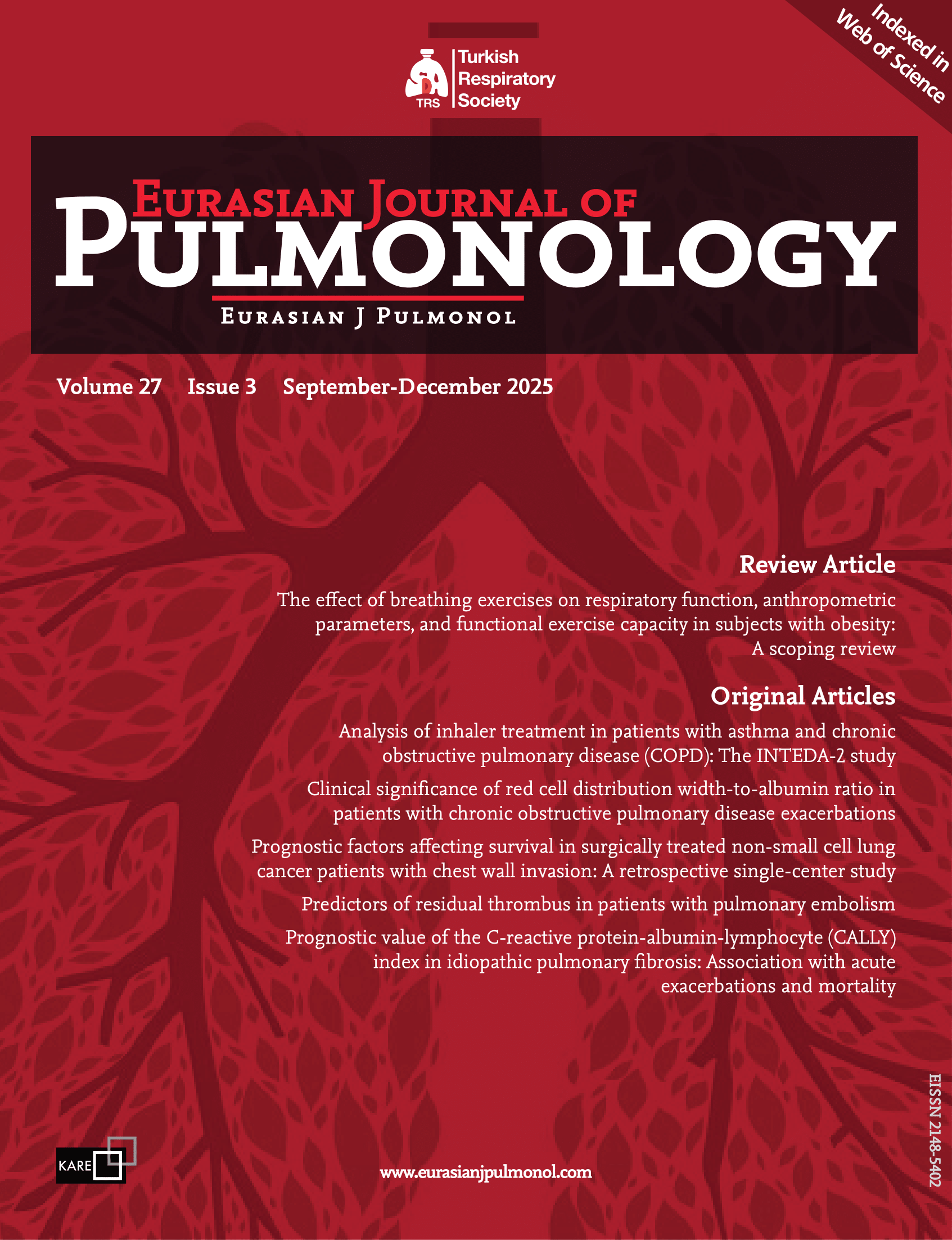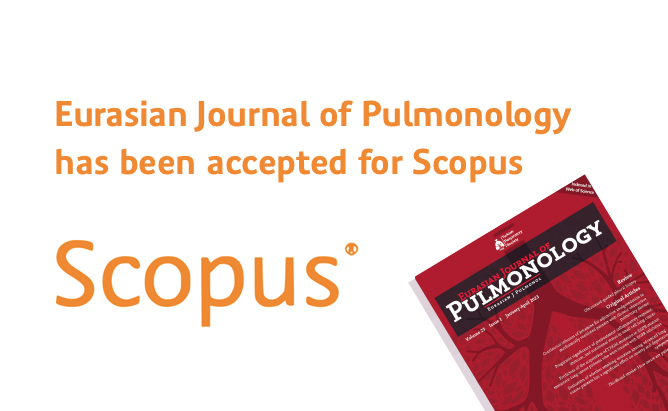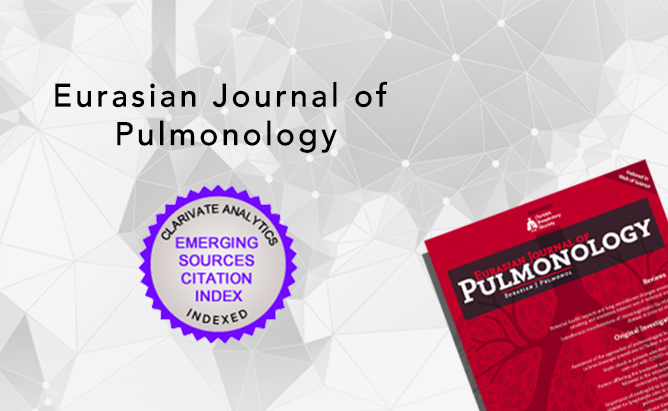2Department of Radiology, Gaziosmanpasa Hospital, Yeni Yuzyil University, Istanbul, Türkiye
Abstract
BACKGROUND AND AIM: Residual thrombus is a common sequela of acute pulmonary thromboembolism (PTE), potentially contributing to long-term complications such as chronic thromboembolic pulmonary hypertension or persistent dyspnea in the absence of pulmonary hypertension. This study aimed to identify baseline clinical and radiological predictors of residual thrombus in patients treated for PTE, with a specific focus on thrombus density measured by computed tomography (CT).
METHODS: In this single-center retrospective cohort study, 103 patients who received anticoagulation therapy for at least three months following a PTE diagnosis were included. Patients with malignancy, pulmonary hypertension, antiphospholipid syndrome, or recurrent embolism were excluded. Clinical variables, treatment details, and radiologic parameters, including thrombus burden (Qanadli score) and density (Hounsfield units, HU), were recorded. Residual thrombus was evaluated by follow-up pulmonary CT angiography. Multivariate logistic regression was used to identify independent predictors.
RESULTS: Residual thrombus was detected in 30 of 103 patients (29.1%). Chronic obstructive pulmonary disease (COPD) (odds ratio [OR]=6.29; p=0.017) and right ventricular dysfunction (RVD) (OR=8.01; p=0.026) emerged as independent predictors of thrombus persistence. No significant association was found between residual thrombus and initial Qanadli score or HU values.
CONCLUSIONS: Chronic obstructive pulmonary disease and right ventricular dysfunction are key predictors of residual thrombus after acute PTE, whereas baseline thrombus density and burden do not appear to influence thrombus resolution. These findings highlight the importance of individual clinical and hemodynamic factors over radiologic metrics in identifying high-risk patients who may benefit from closer follow-up.




 Ayşegül Erinç1
Ayşegül Erinç1 




